The ARP Odyssey mkII apparently came in two guises - The one in the image above with 3 buttons on the lower left panel, and rarer, a version which retained the old MKI tuning knob in that position:
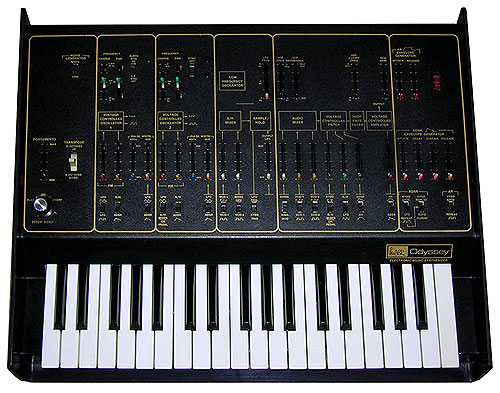
A variation on the MKII model retained the tuning knob on the lower left panel area
The ARP Odyssey was an analog synthesizer introduced in 1972. Responding to pressure from Moog Music to create a portable, affordable (the Minimoog was US$1,495 upon release) "performance" synthesizer, ARP scaled down its popular 2600 synthesizer and created the Odyssey, which became the best-selling synthesizer they made.
The Odyssey is a two-oscillator analog synth (the Minimoog has 3 oscillators and its sound is considered "fatter"). The Odyssey was the first synthesizer with duophonic capabilities (the ability to play two notes at the same time). Many cite ARP's semi-modular 2600 as the first duophonic synthesizer; however, the 2600 was originally shipped with a monophonic controller keyboard, with a duophonic keyboard not being released until after the Odyssey's release. One potential appeal of the Odyssey is the fact that all parameters, including a resonant low-pass filter, a non-resonant high-pass filter, ADSR and AR envelopes, triangle (not sine) and square wave LFO, and a sample-and-hold function are editable with sliders and buttons on the front panel.
There were many versions of the Odyssey over the years.
Odyssey Mk II (Model 2810-5) was produced between 1974-76 - The Odysseys I and II look and feel virtually the same. The main difference between them are the addition of CV/Gate control and a new black and gold color scheme. The 2810 introduced a beefier 4-pole VCF. This filter was similar to the Moog filter and did not last. While a persistent rumor that Moog sued ARP over this, no suit ever occurred. Arp and Moog came to an amicable agreement and a small licensing fee was paid by ARP for units previously manufactured. ARP soon after designed their own four-pole, low-pass filters. They came up with the 4075 filter which was used in subsequent Odyssey models. The similar 4072 was featured in the 2600, Omni, Axxe, Solus, and others. (From
Wikipedia)



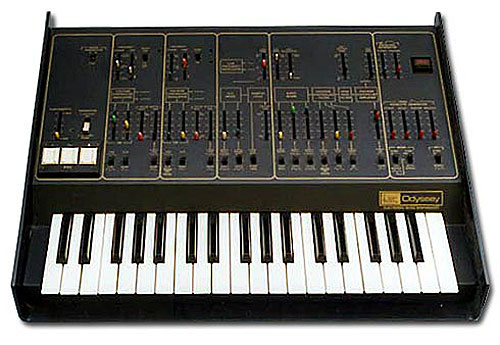


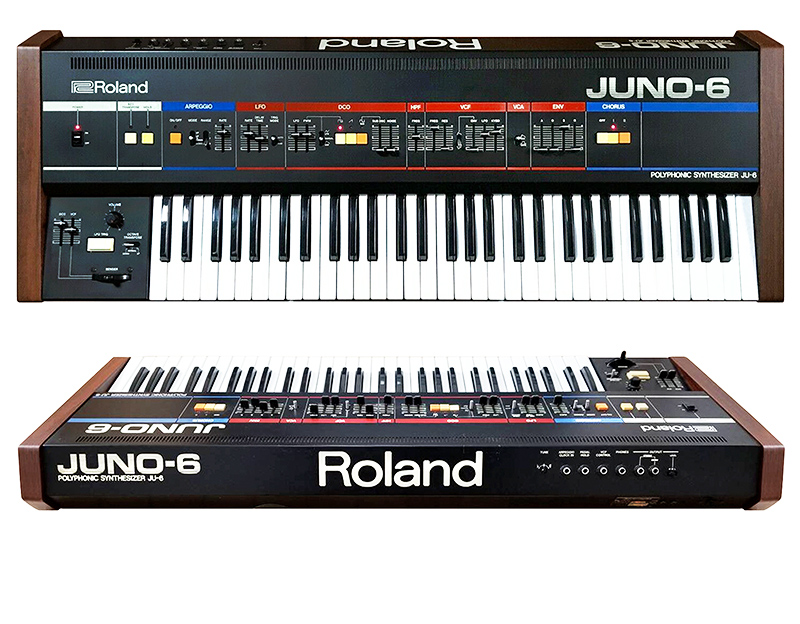
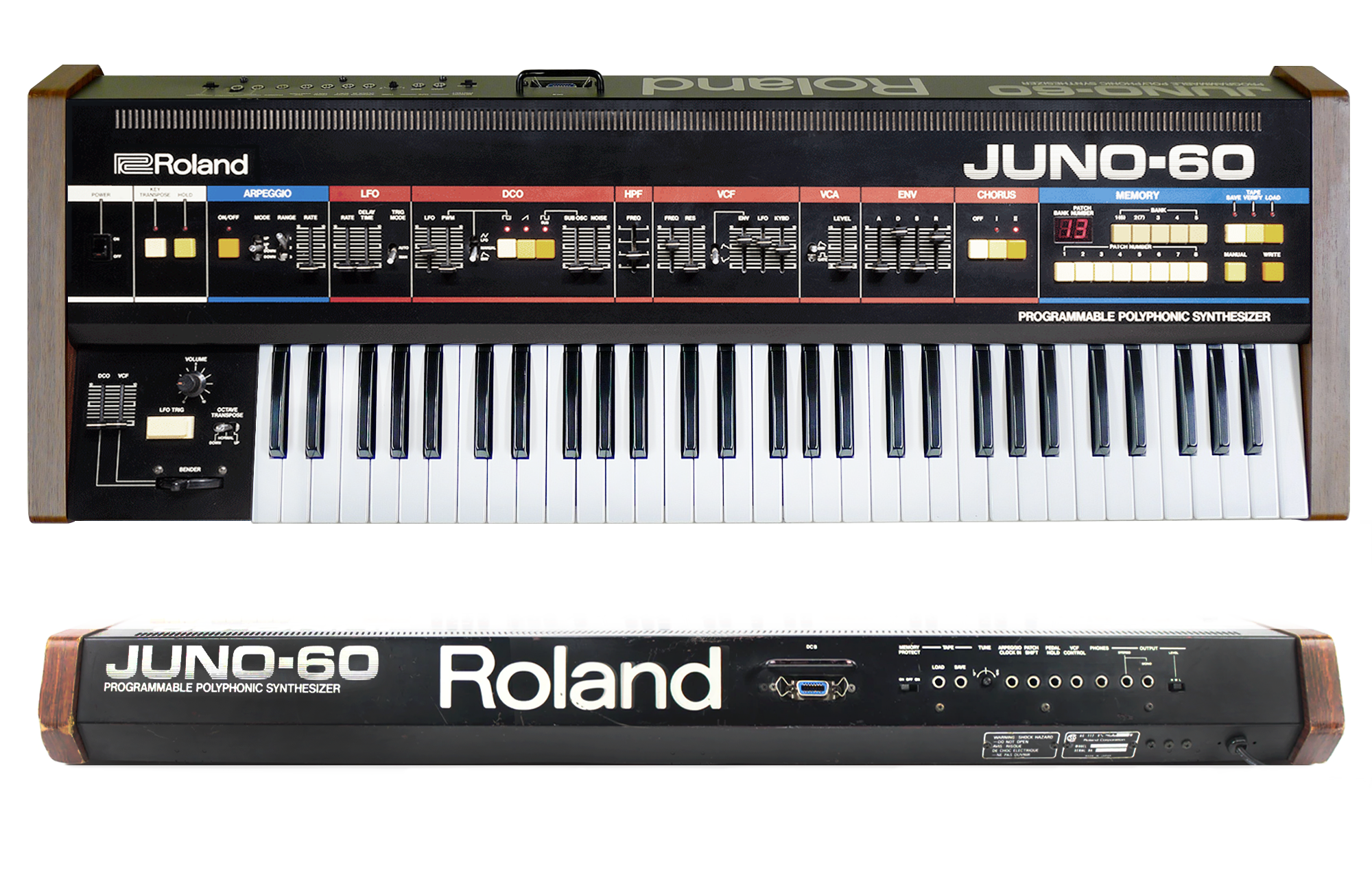
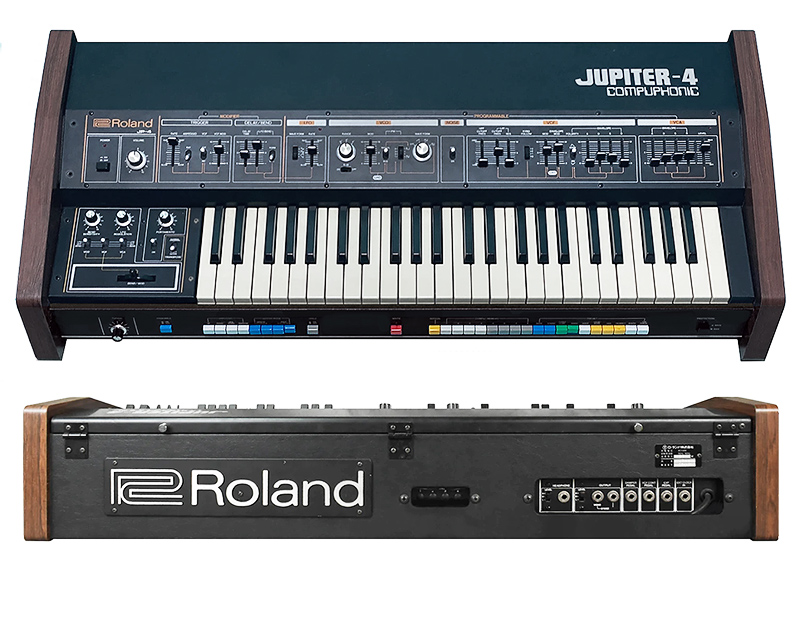
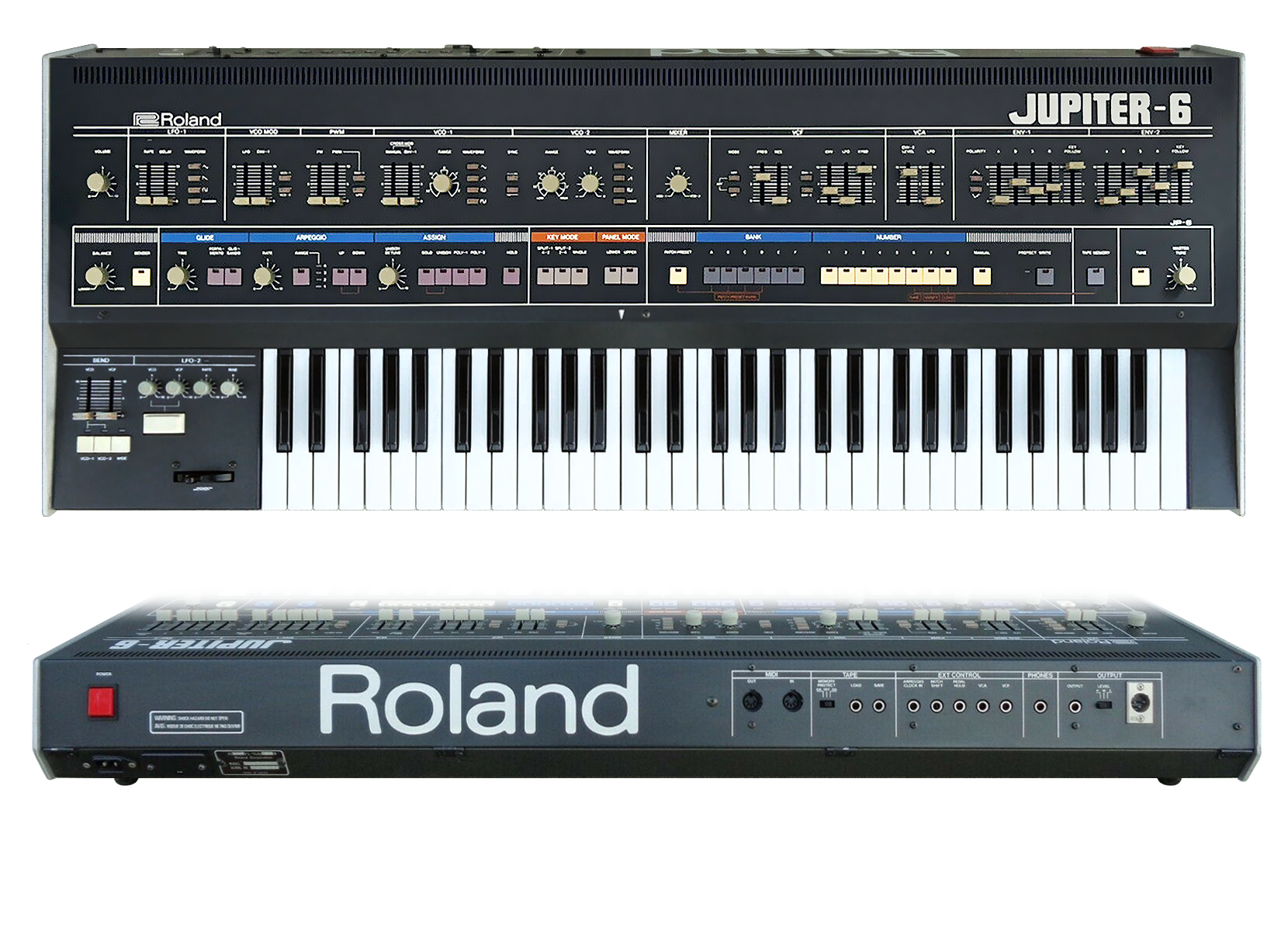
_BIG.jpg)
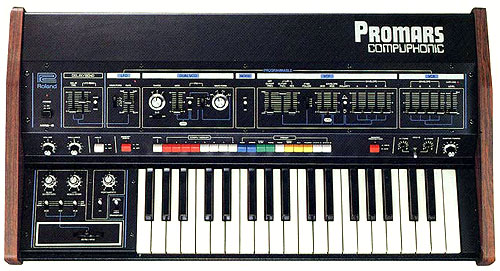
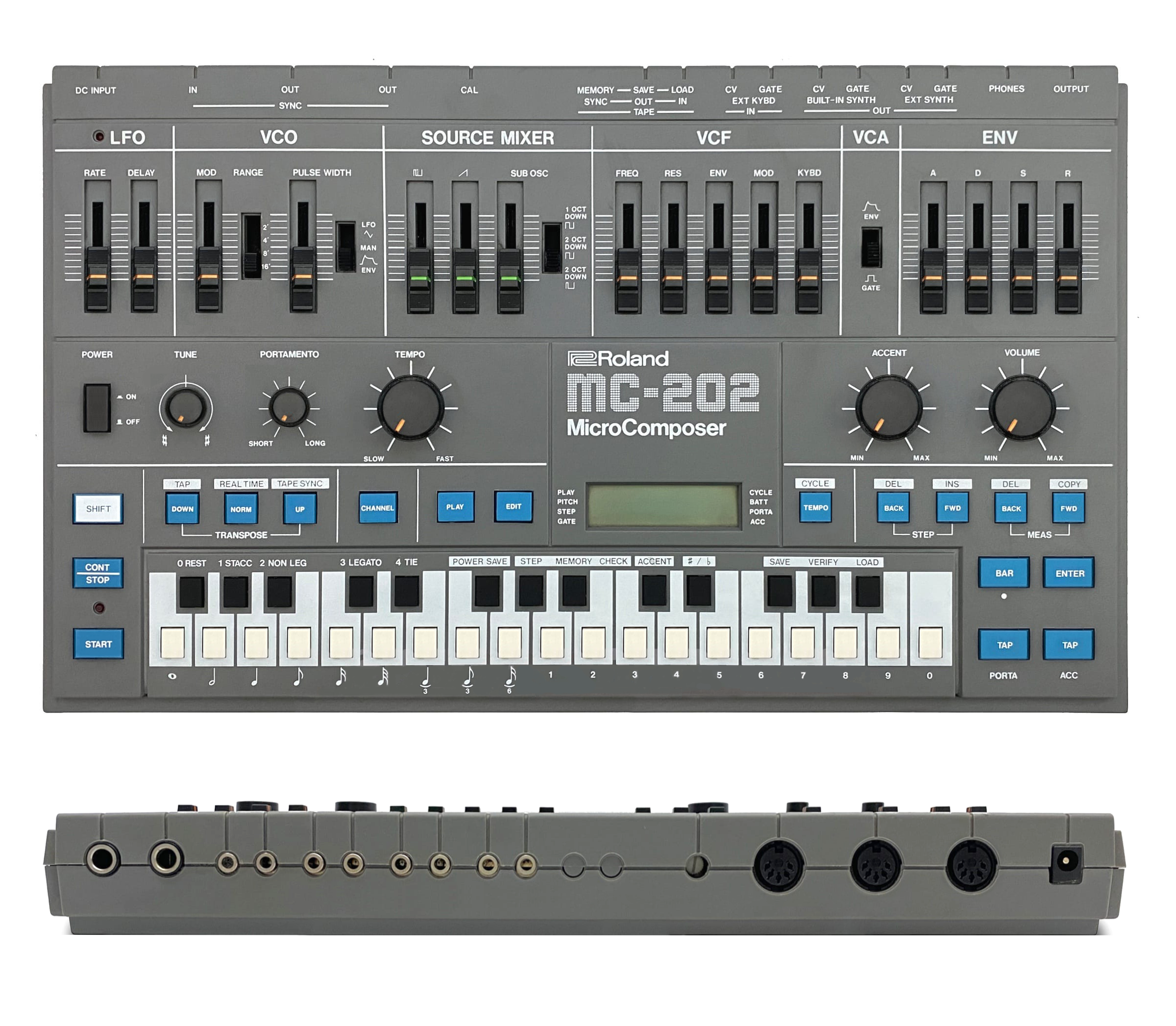
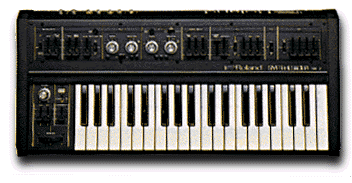
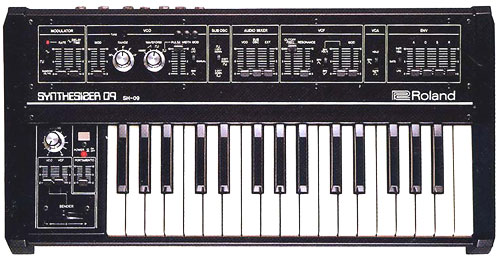
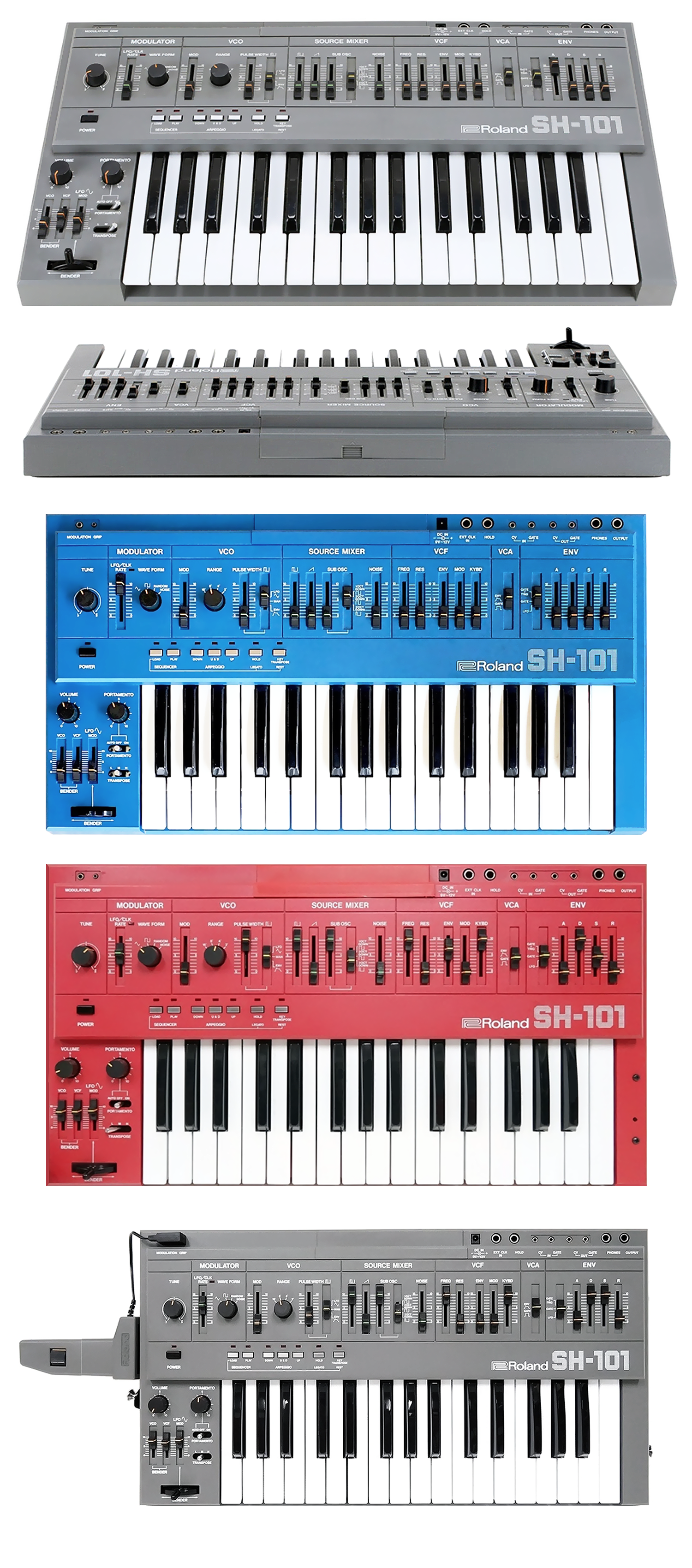
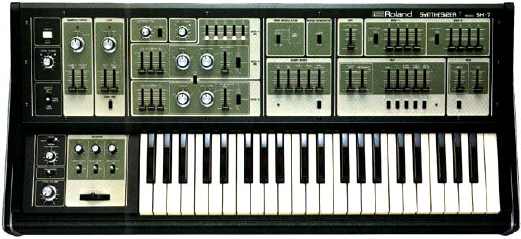
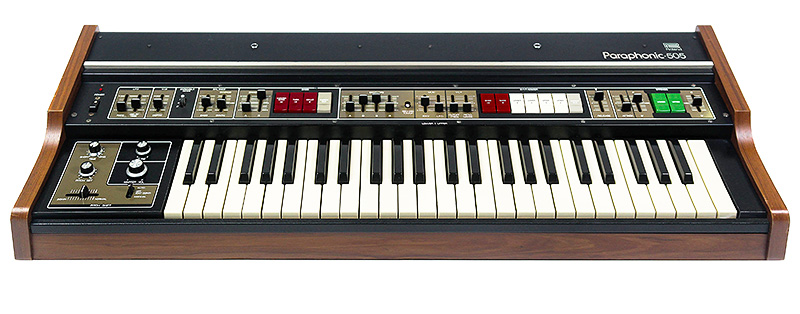
Read 2 comments
Add review/comment